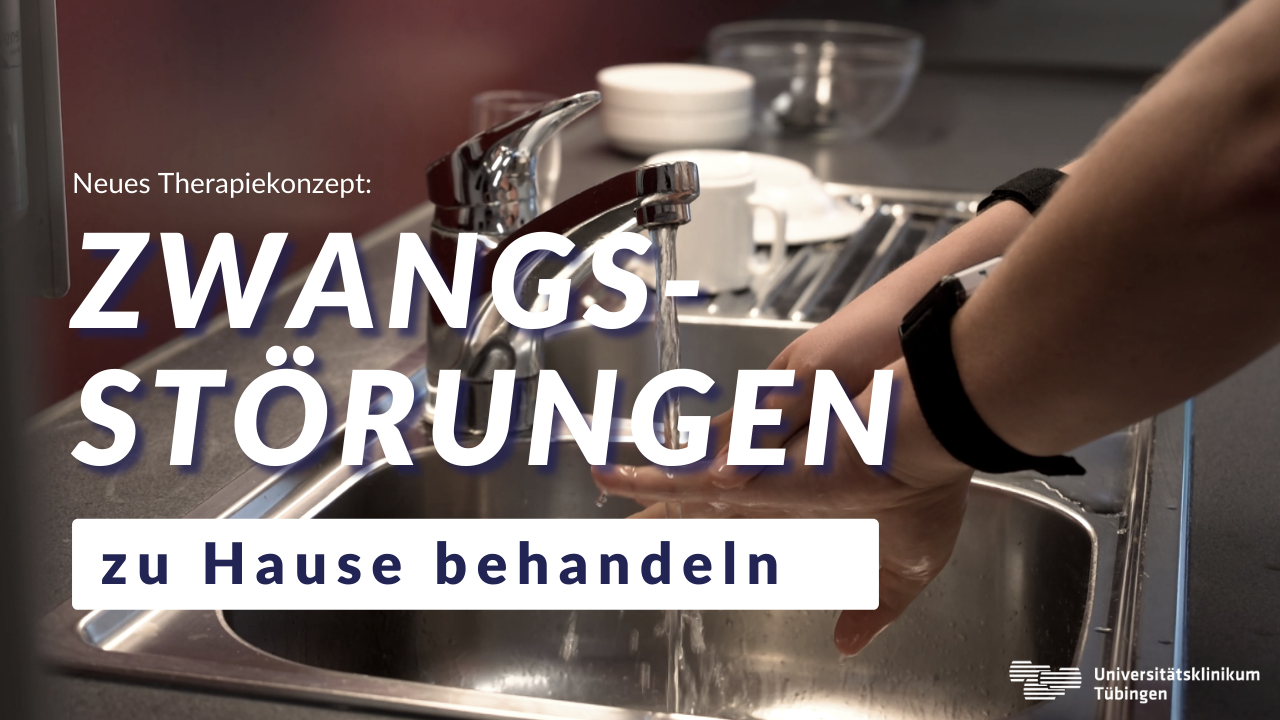New therapy concept - treating obsessive-compulsive disorder at home
Physical signs of stress and anxiety can be detected directly using the latest sensor technology.
Treating obsessive-compulsive disorder at home - "Smart sensor technology in telepsychotherapy for children and adolescents (SSTeP-KiZ)"
Summary
Telehealth interventions represent a significant extension of cognitive behavioral therapy (CBT) for pediatric obsessive-compulsive disorder (OCD) as it allows treatment to be delivered in the immediate environment of the affected person, where symptoms are often most severe. In the SSTeP KiZ feasibility study, online CBT treatment was supplemented by a multimodal sensor system, which was used to record physiological stress states during exposures with response prevention (E/RP). As part of the innovative therapeutic approach, a digital CBT treatment manual for pediatric OCD was evaluated during 14 weekly online sessions with 20 children and adolescents aged 12-18 years. The change in symptom severity was also recorded. The results show a successful application of sensor-assisted CBT for pediatric OCD. Both the participating families and the practitioners rated the digital CBT manual as well feasible and easy to understand. The final surveys revealed a high level of satisfaction with this approach and good usability of the technical system. Regarding the clinical data, a significant reduction in OCD symptoms was observed, with the implementation of the E/RP in the home environment and the involvement of family members in the treatment being experienced as very helpful. Based on the promising results of the SSTeP KiZ project, further studies are planned to investigate the feasibility and effectiveness of sensor-based therapy approaches.
Contact us
Are you interested in the treatment of obsessive-compulsive disorder? Please contact us:
Dr. Karsten Hollmann, Psychotherapist
E-mail address: zwangsstudie@med.uni-tuebingen.de
Publications
Selected publicationsBackground
New innovative therapy concept at Tübingen University Hospital
As part of the telemedical treatment project funded by the Federal Ministry of Health, we offer children and adolescents aged 12 to 18 with obsessive-compulsive disorder the opportunity to take part in professional behavioral therapy.
In our online-based treatment concept, the therapeutic sessions take place in the form of video conferences via the Internet. Using state-of-the-art sensors, physical signs of stress and anxiety can be recorded directly during the session. The individual adaptation of the therapy to the respective patient enables even more targeted treatment of obsessive-compulsive disorder in children and adolescents.
With the help of a specially developed smartphone app, the extent of the compulsions can be assessed on a daily basis. The app is also used when patients practise in their own environment to stop performing compulsive actions. During the home exercises, patients are accompanied by sensors to record their heartbeat (ECG) in order to measure physical signs of stress and strain during treatment. Patients are also provided with glasses with a room camera to identify objects that trigger anxiety. Special movement patterns are also recorded by movement sensors during treatment. The information obtained in this way is made available to the therapist in real time during the session and can therefore be used immediately for more effective treatment.
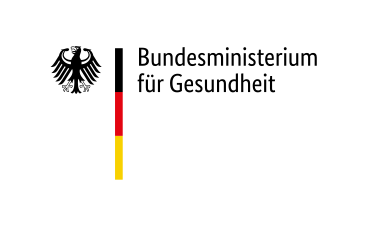
Do you suspect that you have obsessive-compulsive disorder?
If you can answer "yes" to one or more of the following points, there is a possibility that you have obsessive-compulsive disorder:
- You have recurring, agonizing thoughts that you can't get rid of.
- You have to perform certain actions again and again, even though you actually feel this is excessive and nonsensical.
- The tension and anxiety are briefly relieved when you perform the action or allow the thoughts to occur.
- Your obsessive thoughts or compulsive actions are unpleasant and interfere with your everyday life.
Obsessive-compulsive disorder - what is it actually?
Obsessive-compulsive disorder is a common mental disorder. Those affected suffer from intrusive thoughts or ideas. They usually find them stressful and nonsensical, but are unable to suppress them, even if they try with all their might. In addition, those affected have to perform certain actions over and over again because otherwise they feel bad and cannot bear it.
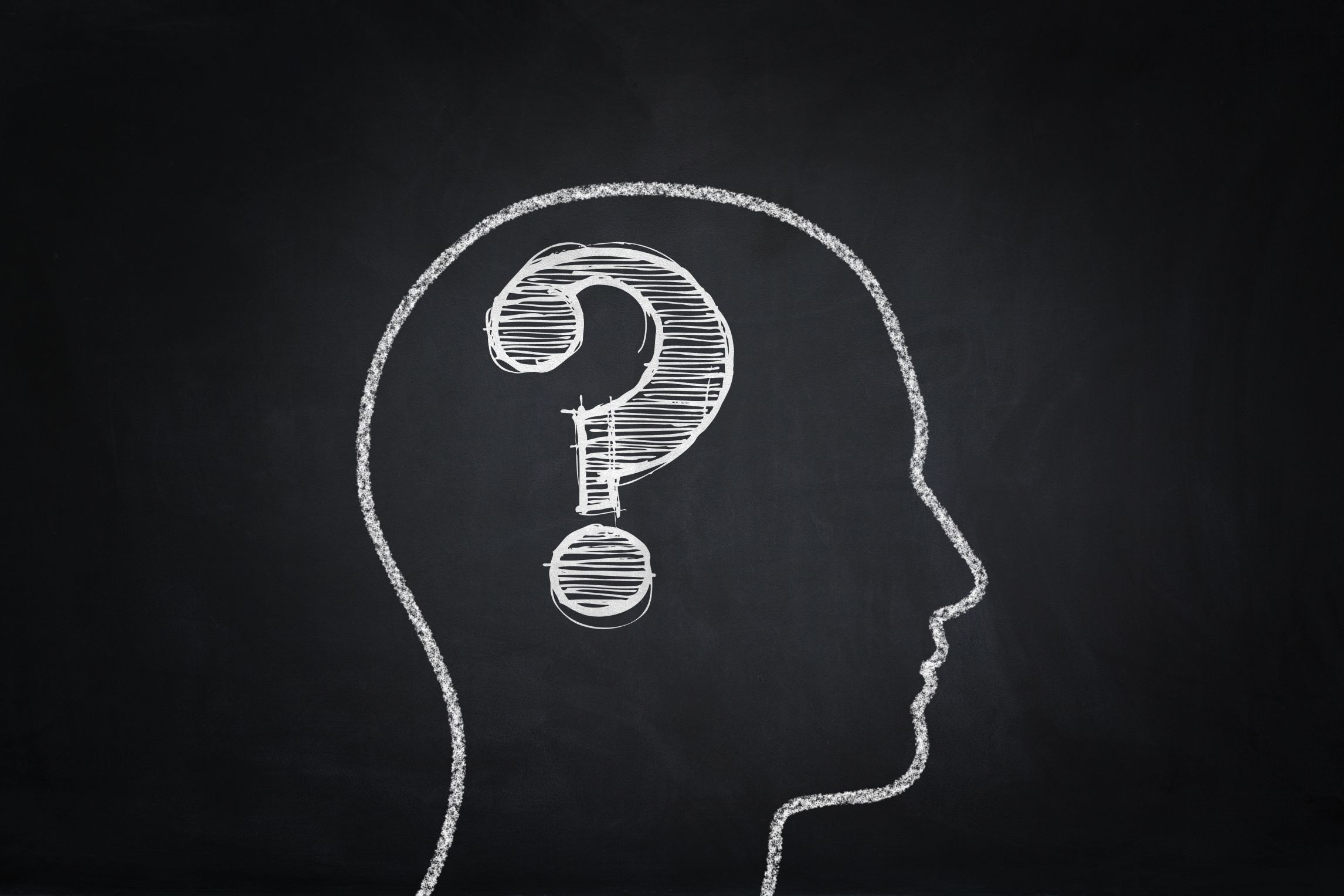
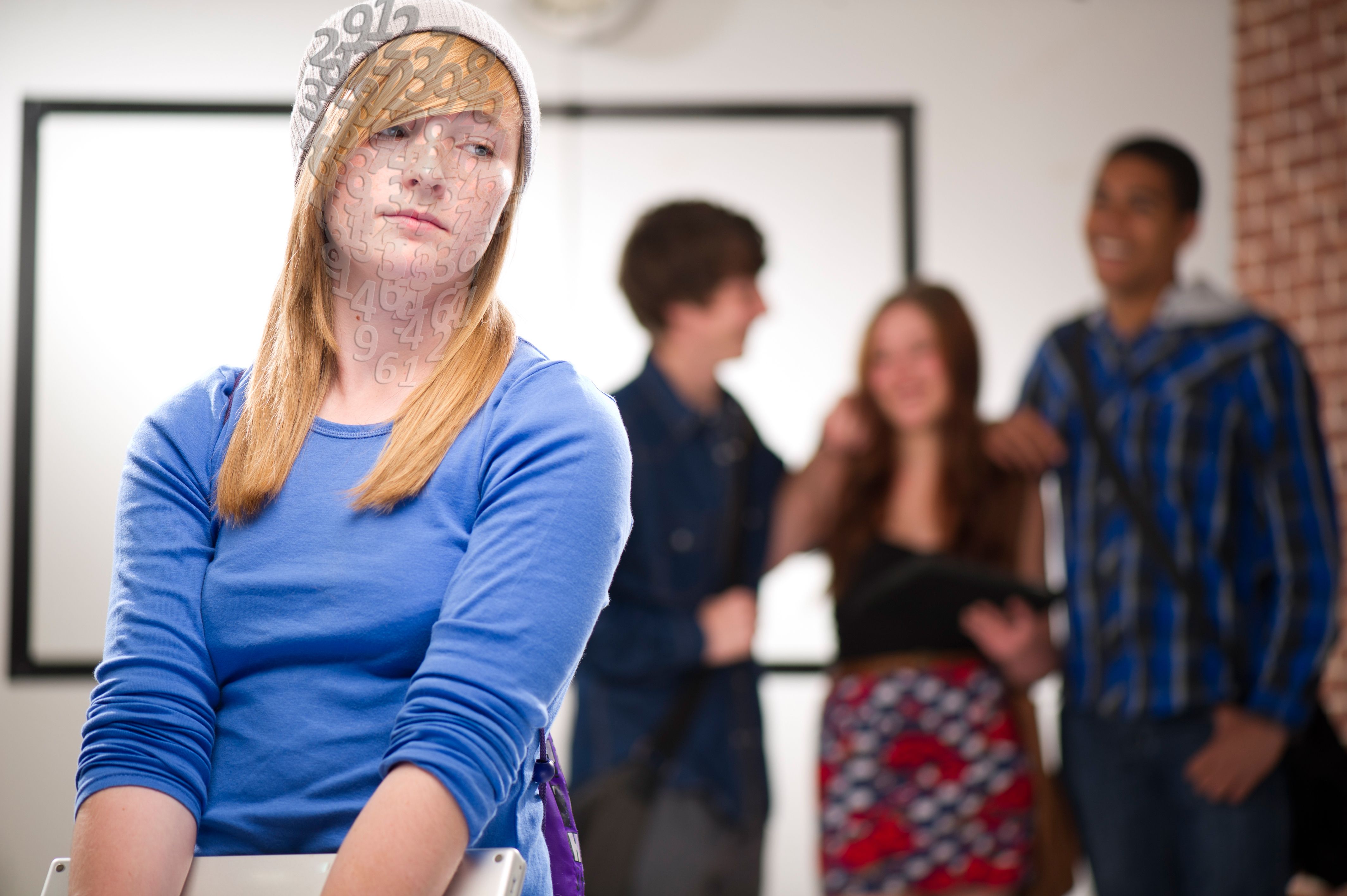
Counting constraint
If you always have to count things, you might have OCD.
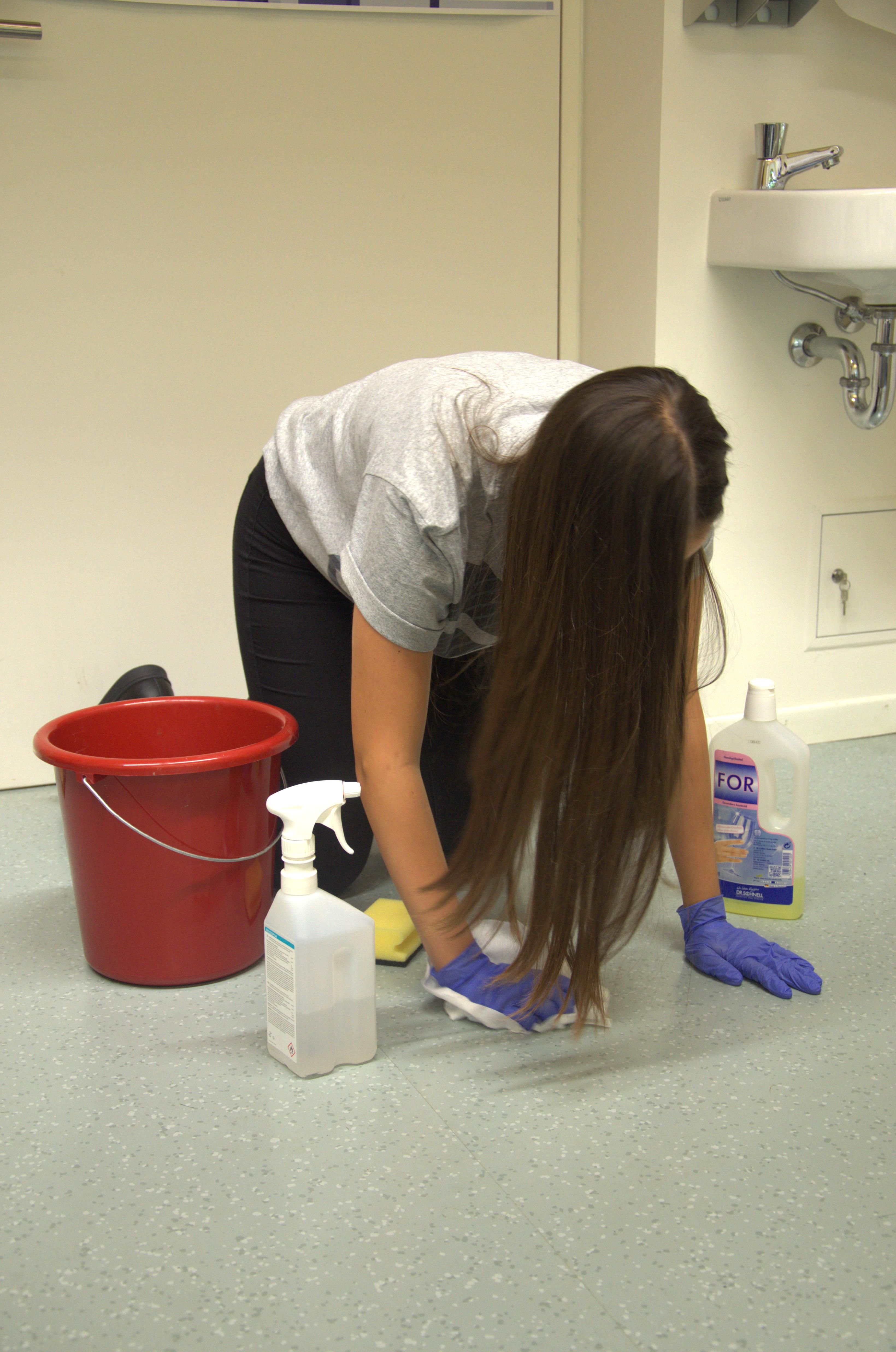
Compulsory cleaning
Do you always have to clean things? Then it could be a compulsion!
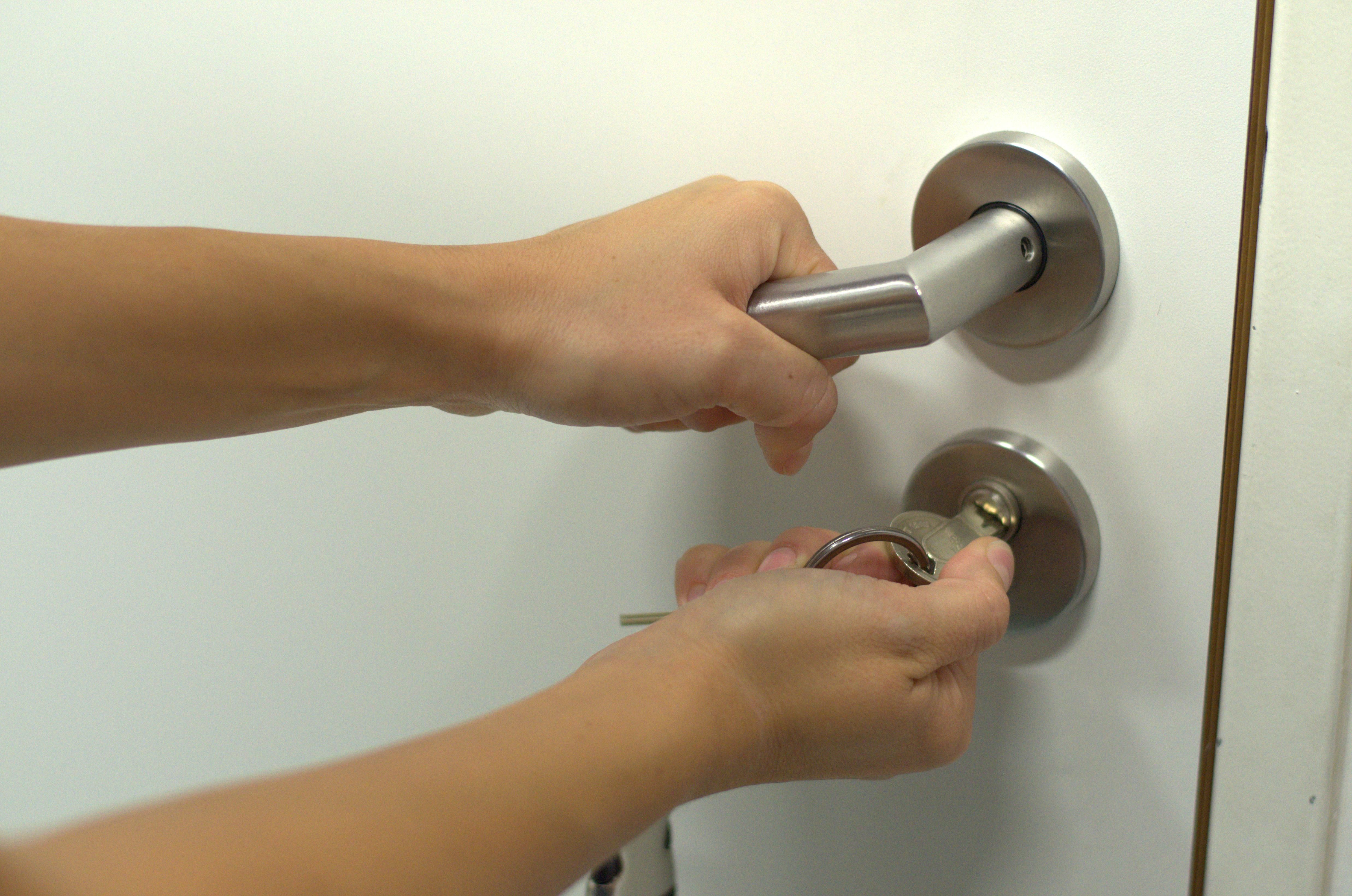
Control compulsion
Constant checking is one of the most common compulsions among young people.
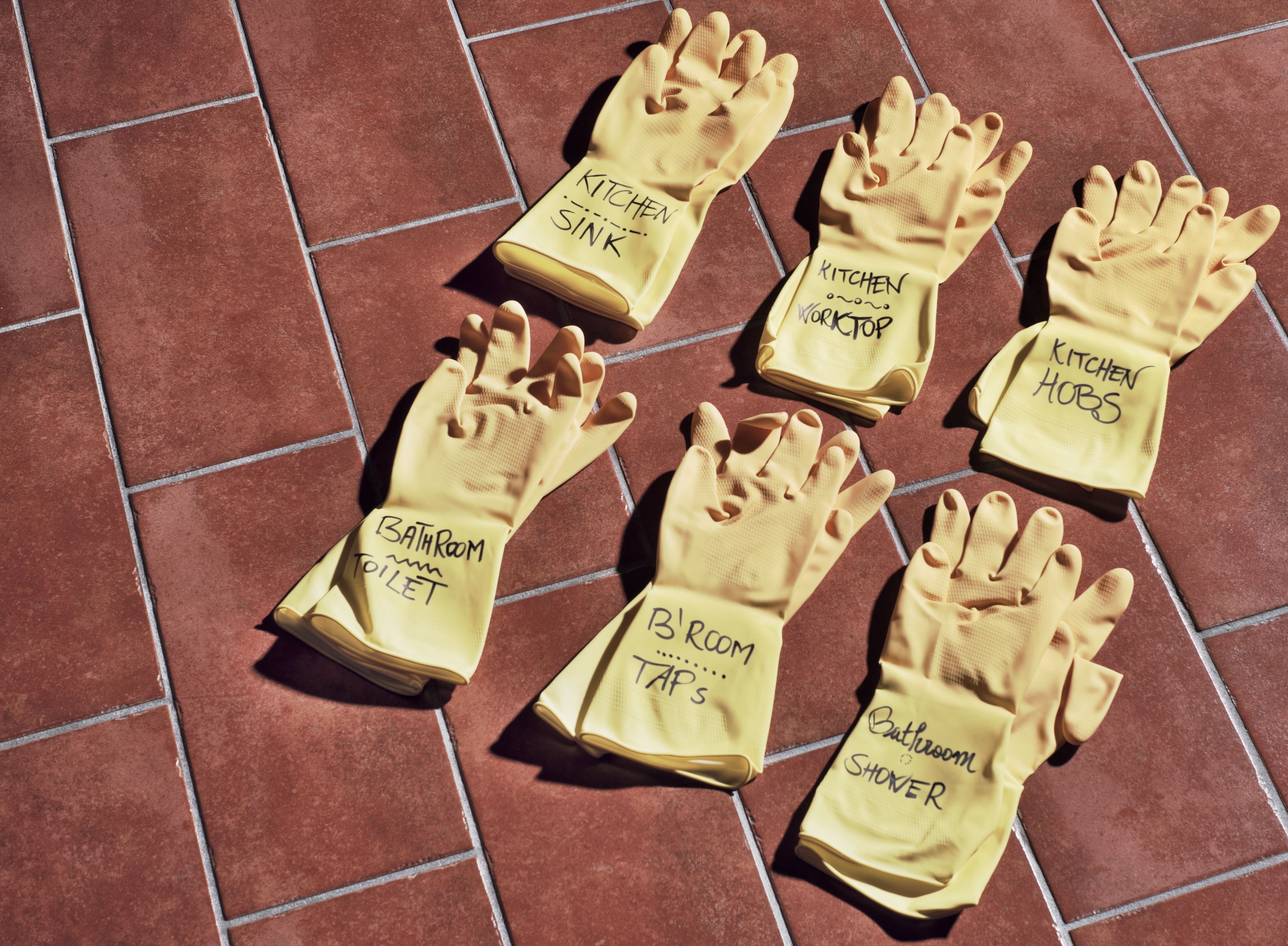
Compulsory order
Order is good - but if it becomes compulsive, you should seek medical advice!
How does the therapy work?
Initial consultation and diagnostics
- Getting to know and explaining the procedure
- Detailed discussion and initial examination
- Detailed introduction to the operation of the technical devices
After the therapy
- Immediately after the end of therapy, the same examinations are carried out as at the initial examination to find out how the therapy has worked.
The therapy
- We work according to the concept of cognitive behavioral therapy. The patient learns to deal with obsessive thoughts in a different way and to actively confront the compulsions. This form of therapy is intended to help the patient to stop carrying out the obsessive actions.
- After detailed technical instruction, we provide participating patients with the equipment for the therapeutic sessions, such as an eye-tracking camera, movement sensors and a chest strap. Each participant is also provided with a tablet for the duration of the therapy.
- All sessions take place via the "Vidyo" teleconferencing system. The participant sits in front of the computer at home.
Frequently asked questions
Who can take part in the new therapy program?
Young people from 12 to 18 years.
What requirements must I fulfill?
You have already been diagnosed with OCD by a doctor or psychotherapist or there is a suspicion of a disorder.
You are not currently undergoing any other therapeutic treatment or the therapy has already been completed.
You have Internet access and WLAN.
You enjoy operating technical devices.
Is my data secure?
Yes, it is ensured that unauthorized third parties do not have access to the data from the app and the video conferences.
Will I incur treatment costs?
No, because the therapy is funded by the Federal Ministry of Health.
Publications
Selected publications
Already published
- Primbs, J., Ilg, W., Thierfelder, A., Severitt, B., Hohnecker, C. S., Alt, A. K., . . Menth, M. (2022). The SSTeP-KiZ System-Secure Real-Time Communication Based on Open Web Standards for Multimodal Sensor-Assisted Tele-Psychotherapy. Sensors (Basel), 22(24). https://www.ncbi.nlm.nih.gov/pubmed/36559967 doi:10.3390/s22249589
- Thierfelder, A., Primbs, J., Severitt, B., Hohnecker, C. S., Kühnhausen, J., Alt, A. K., . . . Renner, T. J. (2022). Multimodal Sensor-Based Identification of Stress and Compulsive Actions in Children with Obsessive-Compulsive Disorder for Telemedical Treatment.
- Thierfelder, A., Severitt, B., Klein, C., Alt, A., Hollmann, K., Bulling, A., & Ilg, W. (2023, November). Gaze behavior in adolescents with obsessive-compulsive disorder during exposure within cognitive-behavioural therapy. Paper presented at the EAI PervasiveHealth 2023 - 17th EAI International Conference on Pervasive Computing Technologies for Healthcare, Malmö, Sweden.
In preparation
- Klein, C., Hollmann, K., Kühnhausen, J., Alt, A., Pascher, A., Seizer, L., Primbs, J., Ilg, W., Thierfelder, A., Severitt, B., Passon, H., Wörz, U., Lautenbacher, H., Bethge, W., Löchner, J., Holderried, M., Swoboda, W., Kasneci, E., Giese, M., Ernst, C., Barth, G., Conzelmann, A., Menth, M., Gawrilow, C., and Renner, T. Lessons Learned From a Multimodal Sensor-Based eHealth Approach for Treating Pediatric Obsessive-Compulsive Disorder. Frontiers in Digital Health
- Klein, C., Alt, A., Pascher, A., Kühnhausen, J., Seizer, L., Ilg, W., Thierfelder, A., Primbs, J., Menth, M., Barth, G., Gawrilow, C., Conzelmann, A., Renner, T., and Hollmann, K. Manual-Based Cognitive Behavioral Therapy for Pediatric Obsessive-Compulsive-Disorder: A Digitized Sensor-Assisted Approach.
Motivation
We want to test whether this new treatment approach for obsessive-compulsive disorder is an alternative to traditional behavioral therapy in a psychotherapist's practice. By using the various technical devices, we want to individually adapt and further improve behavioral therapy for compulsions.

